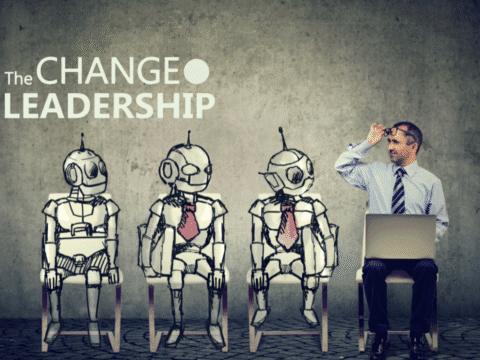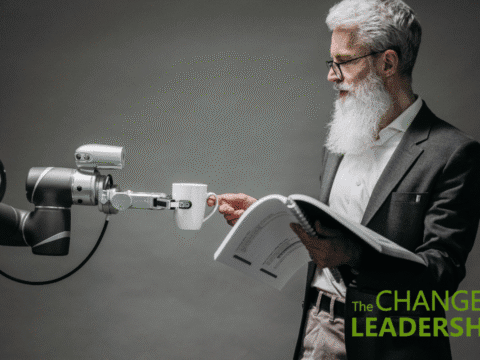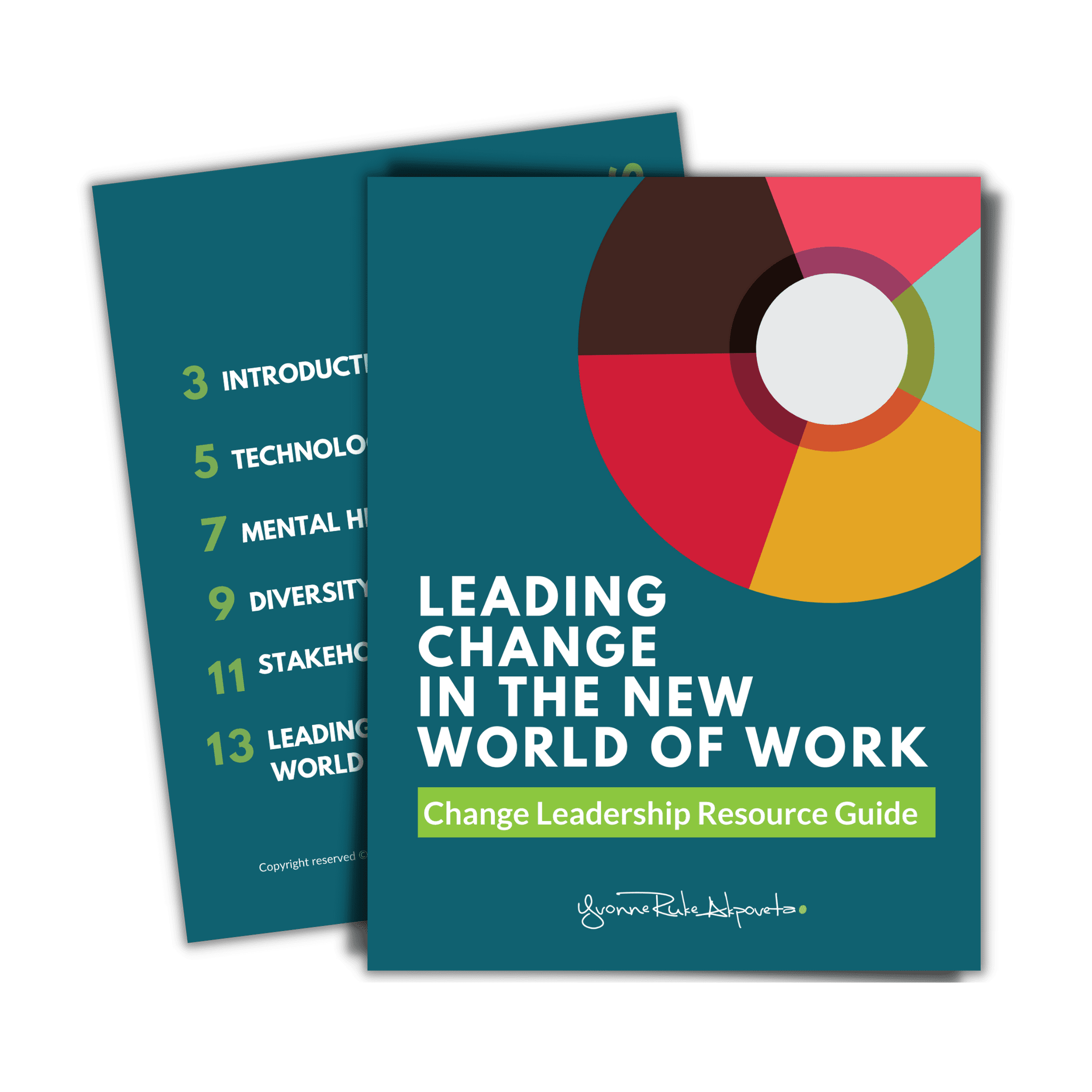Culture Eats AI for Breakfast: The Critical Change Leadership Strategy for AI Adoption
Culture Eats AI for Breakfast: The Critical Change Leadership Strategy for AI Adoption

Culture Eats AI for Breakfast: The Critical Change Leadership Strategy for AI Adoption is more than a catchy phrase. It is the reality organizations face today. We hear a lot about the transformative power of AI and other emerging technologies for organizations. But one of the most overlooked elements is the mindset needed to lead these changes.
AI promises efficiency, insight, and much more, but without the right culture and leadership, adoption fails to take root. No amount of technology or strategy will stick if mindsets, behaviours, and culture do not evolve first. The true success of AI depends not just on the systems you implement, but on how leaders shape the culture to support the change, experimentation, resilience, and human-centred adoption.
The powerful truth is this: transformation fails when culture and mindset are left behind.
Why Mindset and Culture Decide AI Adoption Success
Imagine trying to plant a garden on rocky ground. You can have the best seeds, the right tools, and the perfect weather. But if the soil is unprepared, growth will always be stunted.
AI adoption works the same way. Technology is the seed, but culture and the mindset to lead change are the soil.
Deloitte’s research on building an AI-ready culture explores this truth. Leaders repeatedly emphasized that their organization’s culture was either helping or hindering their AI transformation efforts. Even when the technology worked flawlessly, cultural resistance slowed or even stopped progress.
Here is what that looks like in practice:
-
If the culture does not reward experimentation or tolerate failure, employees resist taking risks with AI.
-
If leaders do not model new behaviours, change does not stick.
-
If executives are not educating themselves or experimenting with AI, they struggle to empower their leaders and teams to use it with confidence.
-
If organizations demand innovation but leadership continues to play it safe, transformation stalls.
Culture is not a “soft layer.” It is the foundation. Trying to build AI adoption or transformation on a culture that does not support it is like building a skyscraper on sand: the results will be fragile, temporary, and costly.
And this includes culture at a macro level, not just micro pockets of culture or isolated leadership behaviours. This shift must cascade from the top and extend across the board. We have seen examples where one leader supports and adopts AI, but another resists investing their budget, because the enterprise culture has not evolved to prioritize AI as an organizational decision and part of its culture.
The Role of Leaders in Shaping an AI-Ready Culture
AI adoption is not just a technical project; it is a leadership challenge. Leaders set the tone for how people respond to disruption. When leaders role model curiosity, transparency, and adaptability, it signals to teams that AI is not something to fear but something to embrace.
The change leadership mindset shift begins at the top:
-
From control to curiosity: Leaders do not need all the answers, but they must be willing to ask better questions about how AI can support business goals.
-
From perfection to progress: AI implementation is iterative. Leaders who embrace learning loops, feedback, and experimentation create psychological safety for teams to innovate.
-
From fear to empowerment: Employees must see AI as an ally, not a threat. Leaders who frame AI as augmenting human potential instead of replacing it foster resilience and confidence.
Embedding the Right Mindset Across the Organization
An AI-ready culture is not built overnight. It requires intentional change leadership to embed values and behaviours that align with experimentation, agility, and continuous learning. Some strategies include:
-
Education at every level: From executives to frontline staff, everyone should understand AI’s possibilities and limitations.
-
Practical experimentation: Pilots and sandbox projects give teams safe spaces to explore AI without fear of failure.
-
Recognition and rewards: Celebrate behaviours like curiosity, collaboration, and adaptability to reinforce a growth mindset.
-
Human-centred leadership: While AI provides data and predictions, leaders must provide empathy, trust, and meaning.
-
Change leadership mindset: Empower staff across levels with the skills and mindset to lead and respond to change.
Here is some practical guidance on How to Choose the Best Change Leadership or Change Management Training for Your Organization.
Bottom Line
The promise of AI is immense. It can streamline operations, generate insights, and unlock new opportunities. But without the right mindset and culture to lead and respond to change, even the most advanced AI solutions will underdeliver.
Technology may be the spark, but mindset and culture are the fuel. Organizations that invest in both will not only adopt AI more effectively but also build resilience and agility to thrive in whatever disruption comes next.
If you want to equip your leaders and teams with the mindset and skills to build an AI-ready culture, explore our Corporate Change Leadership Workshops or our Change Leadership Accelerator.
Join our waitlist for the Change Leadership Conference 2026 on leading and responding to change in today’s disruptive environment.

Yvonne is a Change Management Strategist, Catalyst and Change Leadership Advocate who is passionate about working with professionals and organizations to help them to successfully lead change. You can learn more about Yvonne at: www.yvonnerukeakpoveta.com, and also connect with her on LinkedIn, Facebook, Twitter and Instagram.




